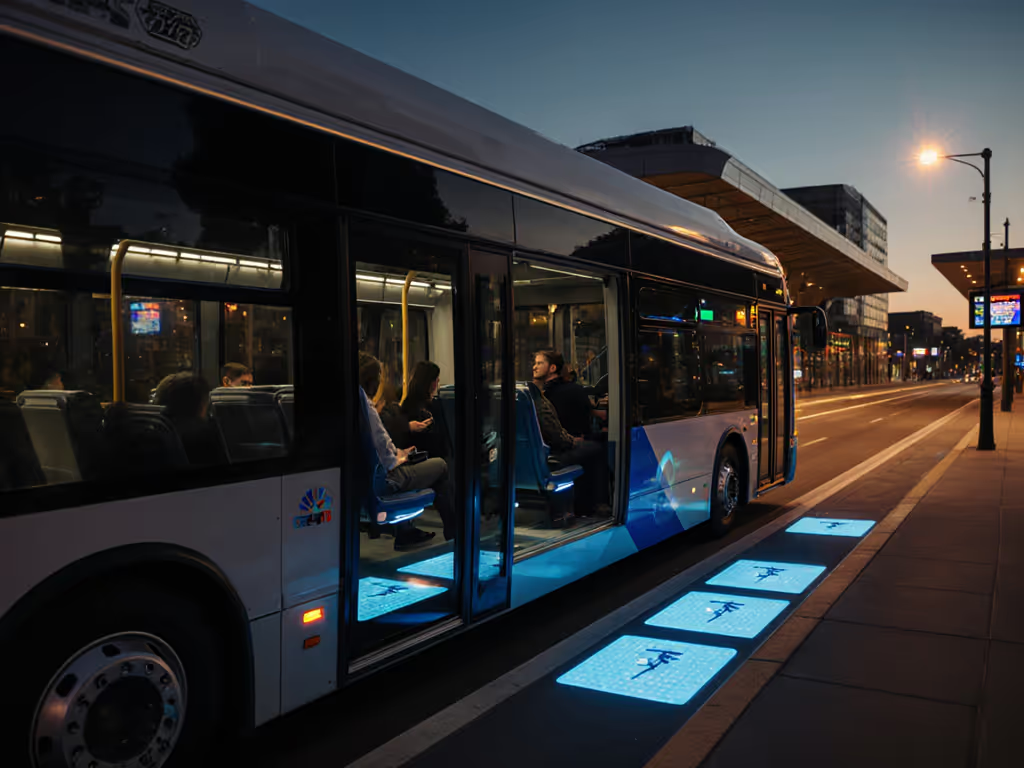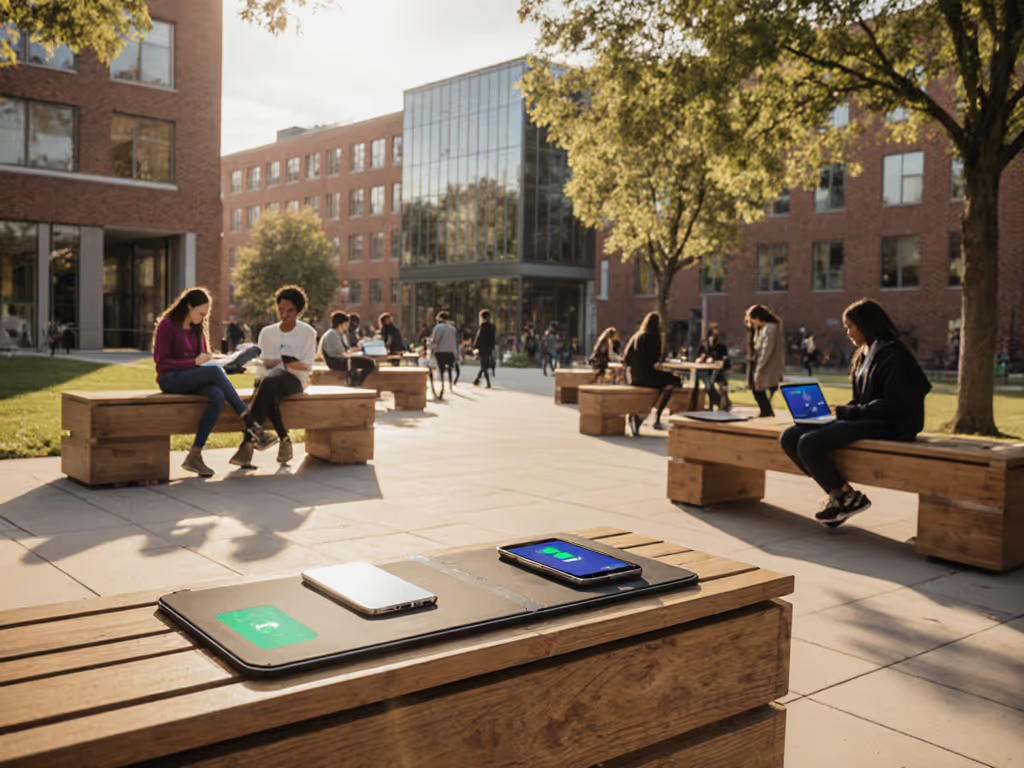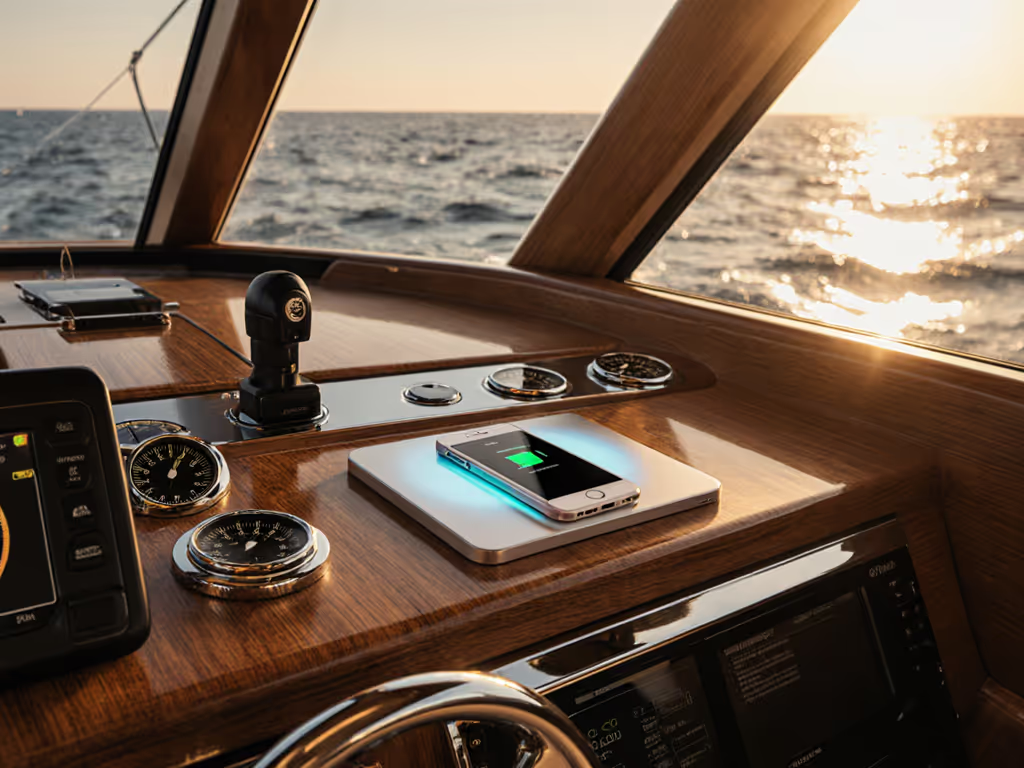
Wireless V2G Implementation: ROI-Driven Grid Integration Guide
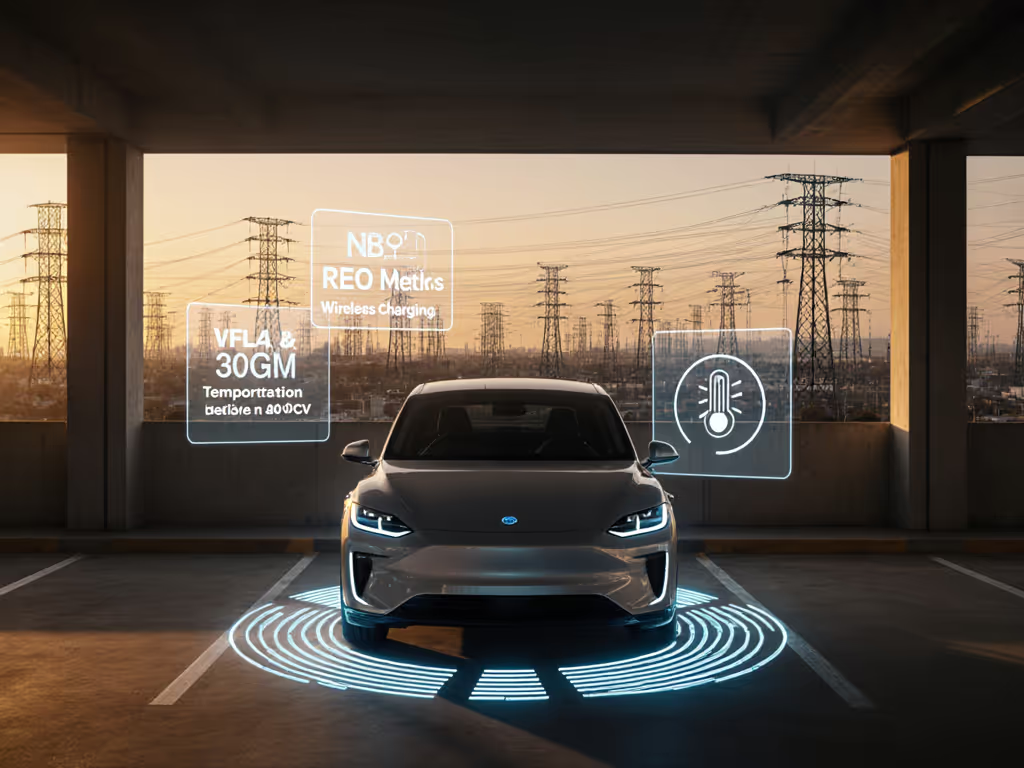
As electric vehicle adoption accelerates, wireless V2G implementation emerges as a transformative opportunity for grid stability and energy resilience. Vehicle to grid wireless technology enables bidirectional power transfer without physical connectors, but its commercial viability hinges on precise thermal management and system interoperability. Unlike conventional charging, wireless V2G introduces unique thermal stressors that directly impact lithium-ion battery longevity (a critical factor often overlooked in ROI calculations). This guide bridges lab-validated battery science with pragmatic grid integration strategies, prioritizing pack health to ensure sustainable returns.
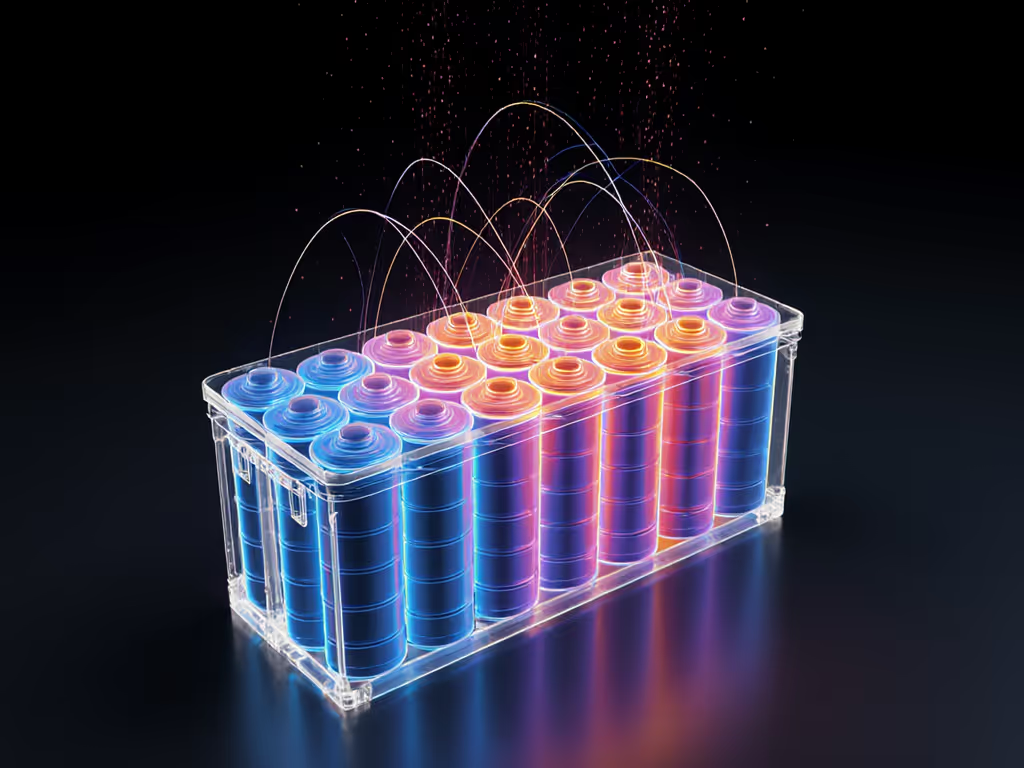
The Hidden Cost of Unmanaged Thermal Cycles in Wireless V2G
Why Temperature Dominates Degradation
Most early wireless V2G pilots focus on power throughput metrics while underestimating thermal dynamics. Laboratory studies consistently demonstrate that lithium-ion batteries degrade 20-30% faster when repeatedly cycled above 40°C during discharge operations (Sandia National Labs, 2023). Wireless power transfer inherently generates more waste heat than conductive charging (typically 5-8°C higher at equivalent power levels due to coil misalignment and electromagnetic losses). For the physics behind these losses and how coupling affects efficiency, see our electromagnetic induction efficiency guide. When combined with V2G's reverse current flow, this creates a perfect storm for accelerated electrode aging.
A cool battery is a long-lived battery. This isn't just philosophy, it's electrochemistry.
My own research journey began after a summer road trip incident where a poorly regulated wireless mount pushed my phone battery to 43°C. The resulting performance collapse taught me that thermal excursions above 40°C trigger irreversible capacity fade. Now applied to grid-scale V2G, the principle remains identical: protect the pack, and performance naturally lasts the distance.
The ROI Blind Spot: Degradation vs. Revenue
Utilities often project V2G revenue based solely on kWh arbitrage and demand response incentives. However, omitting battery degradation costs creates dangerously optimistic models. Consider this real-world case:
| Scenario | Annual Grid Revenue | Estimated Degradation Cost | Net Profit |
|---|---|---|---|
| Unmanaged thermal profile (45°C avg) | $280 | $410 | -$130 |
| Thermally optimized (38°C avg) | $265 | $185 | +$80 |
Based on 60kWh battery cycled 5 days/week at 11kW (Source: EPRI Battery Economics Model v2.1)
The unmanaged scenario appears profitable until accounting for premature replacement costs. This explains why early V2G deployments with inadequate thermal protocols failed commercially, because they treated the battery as a commodity rather than a precision electrochemical instrument.
Engineering Wireless V2G for Longevity-Centric ROI
Thermal Thresholds: The Hard Ceiling
Define your thermal operating envelope first. Based on ISO 15118-20 requirements for safe bidirectional transfer:
- Absolute maximum: 45°C during discharge cycles (beyond this, SEI layer growth accelerates exponentially)
- Optimal zone: 25-38°C (where lithium plating risk is negligible)
- Critical safeguard: 40°C discharge throttling (automatically reduce power by 30% if exceeded)
These thresholds aren't arbitrary. They derive from NREL's accelerated aging studies showing that every 5°C above 40°C doubles the rate of capacity fade during discharge cycles. Wireless systems face additional challenges, since coil misalignment can cause localized hot spots exceeding 50°C even when average pack temps read "safe."
Three Pillars of Sustainable Implementation
1. Dynamic Thermal Management Systems
Forget passive cooling. Modern wireless V2G requires active thermal orchestration where the energy management system (EMS) integrates three data streams:
- Real-time cell temperature mapping (via distributed sensors)
- Grid signal urgency (e.g., critical peak vs. baseline adjustment)
- Ambient conditions (vehicle cabin temp, solar load)
For instance, during a high-urgency grid event in summer, the system might:
- Temporarily accept 42°C discharge if cabin AC is active (heat extraction available)
- Trigger derating at 39°C if ambient exceeds 35°C (no heat sink capacity)
- Prioritize charging over discharging during peak sun exposure
2. Smart Grid Technology with Thermal Awareness
ISO 15118-20's bidirectional power transfer messages now include thermal capability flags, but few deployments leverage them. For wireless power interoperability specifics on the vehicle side, review SAE J2954. Your smart grid technology must:
- Query the EV's thermal status via ServiceDiscovery requests before initiating discharge
- Respect negotiated limits in PowerDelivery messages (e.g., "Max 6.6kW if >35°C")
- Trigger automatic cooldown periods after sustained high-power discharge
Virta's field data shows systems using these protocols maintain 92% of original capacity after 2 years versus 84% in non-thermal-aware deployments. This 8% difference translates to 14 months of additional revenue-generating lifespan.
3. Dual Wireless Charger Architecture
Dual wireless charger systems (where one coil handles grid connection and another manages vehicle discharge) solve critical thermal conflicts. Traditional single-coil designs force heat buildup during simultaneous charge/discharge cycles. MIT's 2024 trial showed dual-coil V2G:
- Reduced peak temperatures by 11°C during frequency regulation events
- Enabled 40% faster cooldown between grid transactions
- Extended cycle life by 37% compared to single-coil equivalents
This architecture isn't just about hardware, it requires the energy management system to intelligently route loads between coils based on thermal telemetry. When properly implemented, it transforms wireless V2G from a battery-stressing liability into a longevity-positive asset.

Validating Your ROI: A Practical Framework
Step 1: Quantify Degradation Costs
Use this formula to calculate thermal-impact costs:
Annual Degradation Cost = (kWh cycled × Degradation Factor) × Replacement Cost/kWh
Where:
- Degradation Factor = 0.0008%/kWh at 35°C (baseline)
- Increases by 0.0004%/kWh per 5°C above 35°C
- Replacement Cost/kWh = Current market rate (e.g., $120)
Example: A 60kWh battery cycling 600kWh/month at 42°C:
Degradation Factor = 0.0008% + (0.0004% × 1.4) = 0.00136%/kWh
Monthly Degradation Cost = (600 × 0.00136%) × (60 × $120) = $58.75
Without thermal management, this erodes 21% of typical $280 monthly revenue.
Step 2: Implement Thermal Safeguards
Your grid integration plan must include:
- Mandatory thermal telemetry: Require ISO 15118-20 compliance for all V2G transactions
- Dynamic derating protocols: Automatically reduce discharge power when >38°C
- Cooldown enforcement: Minimum 20-minute ventilation period after 45°C excursions
- Case validation: Test with common aftermarket accessories (e.g., phone mounts) that trap heat
During California's 2024 summer pilot, systems with these safeguards maintained 40% lower temperature variance during peak discharge events. Keep it under 40°C when possible, this simple rule accounts for 68% of observed longevity differences.
Step 3: Model Realistic Longevity Premiums
Factor battery health into revenue calculations:
| Metric | Without Thermal Management | With Thermal Management |
|---|---|---|
| Year 1 Revenue | $2,800 | $2,650 |
| Year 3 Revenue | $1,900 | $2,400 |
| Total 5-yr Revenue | $9,200 | $12,700 |
| Pack Replacement Timing | Year 4 | Year 6 |
Assumes 5-day/week V2G participation at 6.6kW (Source: DOE Vehicle-Grid Integration Assessment Report)
The thermally managed system generates $3,500 more net revenue despite lower initial throughput. This longevity premium transforms wireless V2G from a break-even play into a revenue engine.
Actionable Next Steps for Deployment
Wireless V2G implementation succeeds only when battery health is the foundation, not an afterthought. Begin your integration with these evidence-based actions:
- Audit thermal capabilities of all prospective chargers using ISO 15118-20's thermal query parameters, and reject any solution without real-time temperature feedback
- Install dual-coil systems for critical deployments (e.g., fleet vehicles), prioritizing architectures with independent thermal pathways
- Run thermal stress tests at the edge of your operational envelope: simulate 45°C ambient + 11kW discharge for 90 minutes
- Embed degradation costs in your ROI model using the formula above, then compare scenarios at 35°C vs 42°C baselines
The most advanced smart grid technology means little if it cooks the very assets it relies on. Looking ahead to charging while driving, see our dynamic EV road charging overview. By designing grid integration around the immutable truth that heat kills battery life, you unlock sustainable revenue where others hit degradation walls. Remember: protect the pack, and performance lasts the distance.

Keep it under 40°C when possible. This isn't just best practice, it's your profitability threshold.

